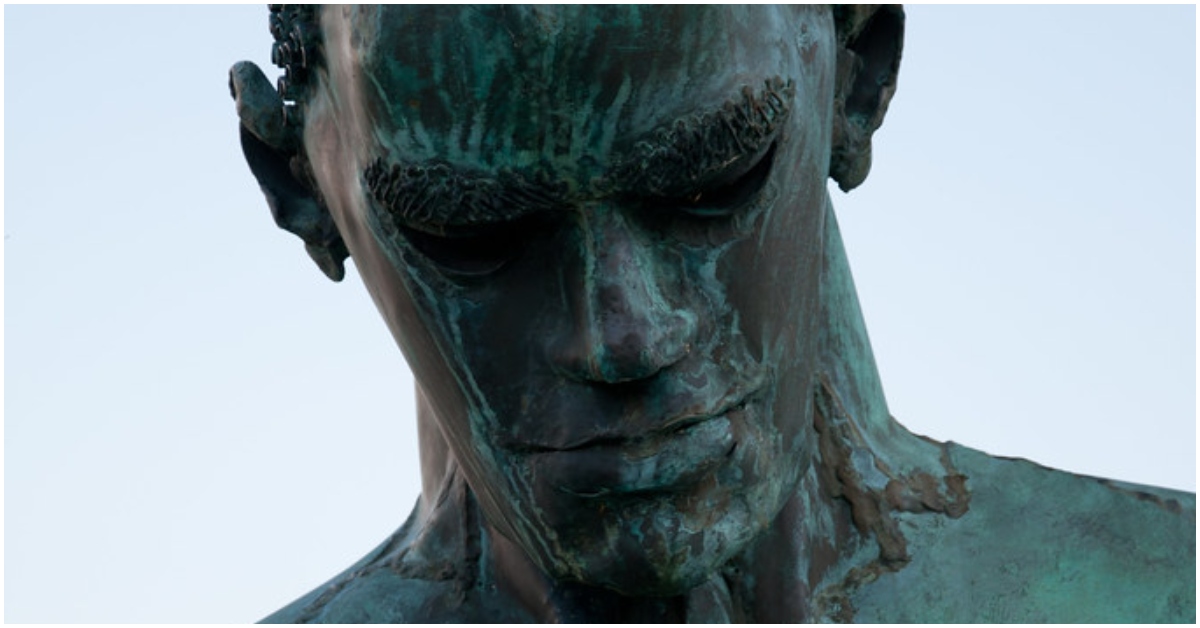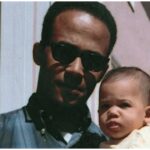A Pioneering Journey from Shackles to Freedom
In the annals of Rockford’s rich history, one name stands out as a symbol of resilience and triumph over adversity – Lewis Lemon.
Born into the cruel shackles of slavery in North Carolina around 1812, Lemon’s extraordinary journey would eventually lead him to become the inaugural Black resident of Rockford, leaving an indelible mark on the city’s tapestry.
“Born slave–Died Free.”
– Inscription on Lewis Lemon’s gravestone
From Bondage to Liberation: Lemon’s Quest for Freedom
Lemon’s path to freedom was paved with challenges and hardship. Initially owned by Orrin Lemon, he was later sold to Germanicus Kent for $450 in 1829.
However, Lemon’s unwavering determination to break free from the chains of slavery drove him to strike a deal with Kent, agreeing to pay $800 for his emancipation through arduous labor at $15 per month.
As fate would have it, Kent’s exploration of the Rock River Valley in the winter of 1832-33 brought Lemon to the area that would eventually become Rockford.
In April 1835, alongside Kent and Thatcher Blake, Lemon played a pivotal role in establishing the city’s earliest settlements, constructing cabins near Kent Creek and the Rock River confluence.
Triumph over Adversity: Lemon’s Rise to Prominence
Lemon’s perseverance paid off when he finally purchased his freedom in 1839, officially becoming a free man with Kent’s manumission paper.
Despite Kent’s subsequent bankruptcy and departure, Lemon remained steadfast, establishing himself as a respected businessman and cherished member of the Rockford community.
A Lasting Legacy in Rockford’s History
Lemon’s impact on Rockford’s history extended beyond his pioneering role. He became a member of the esteemed Old Settler’s Society, with Thatcher Blake serving as its president.
Lemon’s garden and produce business sustained him until his passing from dysentery in 1877, with the Old Settler’s Society honoring him with a “respectable burial” at Greenwood Cemetery.





